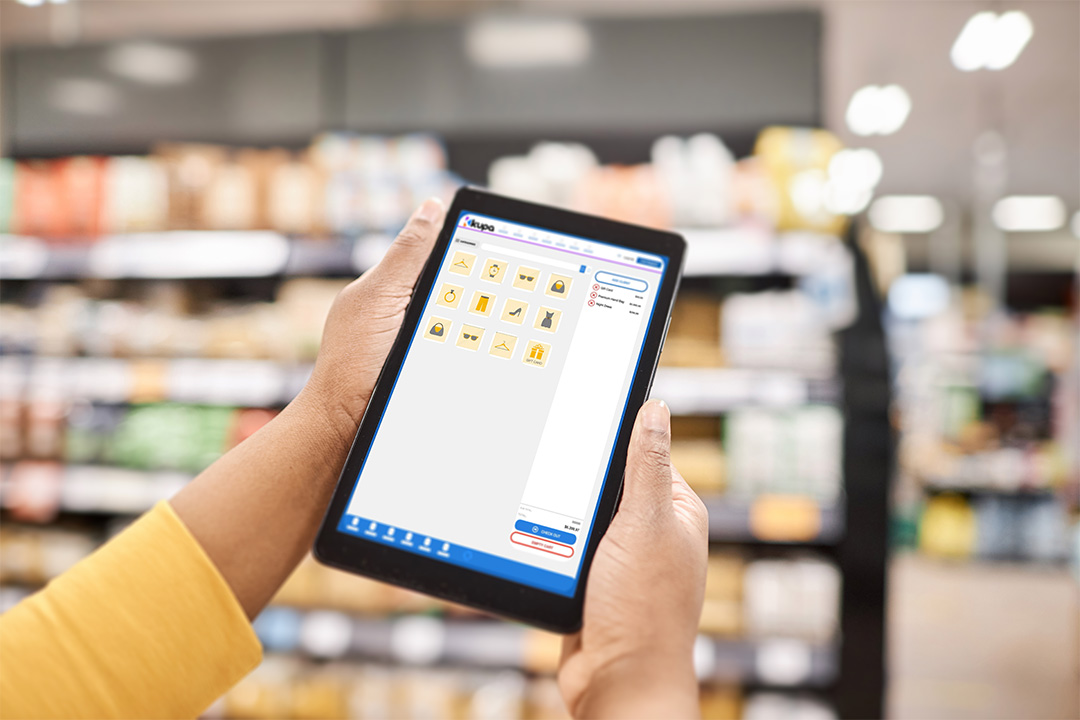Introduction
In today’s competitive marketplace, having the right Point of Sale (POS) system is essential for small businesses looking to streamline operations, enhance customer experiences, and ultimately boost sales. With countless options available, selecting the right POS system can feel overwhelming. This guide will walk you through the step-by-step process of choosing a POS system that meets your specific business needs.
Step 1: Assess Your Business Requirements
Before diving into the features of various POS systems, it’s crucial to understand your business’s unique requirements. Consider the following factors:
- Type of Business: Are you running a retail store, restaurant, or service-based business? Different industries have distinct needs when it comes to POS functionality.
- Sales Volume: Estimate your transaction volume to determine the processing power and speed required from your POS system.
- Number of Locations: If you operate multiple locations, you’ll need a POS that supports centralized management and real-time data access.
Why It Matters
Understanding your business’s specific needs ensures that you select a POS system that can support your operations effectively and grow with your business.
Step 2: Identify Essential Features
Once you’ve assessed your requirements, compile a list of must-have features for your POS system. Here are some essential features to consider:
- Inventory Management: Real-time tracking of stock levels, batch management, and reordering alerts.
- Customer Relationship Management (CRM): Ability to manage customer data, implement loyalty programs, and track purchase histories.
- Reporting and Analytics: Access to sales reports, customer insights, and performance metrics to help you make data-driven decisions.
- Payment Processing: Support for various payment methods, including credit cards, mobile payments, and contactless transactions.
Why It Matters
Identifying the key features you need will help you narrow down your options and ensure you don’t pay for unnecessary functionalities.
Step 3: Consider Usability and Support
A user-friendly POS system is vital for efficient operations. Evaluate the following aspects:
- Ease of Use: Look for a system that is intuitive and easy for your staff to learn, minimizing training time and improving efficiency.
- Customer Support: Investigate the level of customer support provided by the POS vendor, including availability, response times, and support channels (phone, chat, email).
Why It Matters
A POS system that is easy to use and backed by reliable customer support will reduce operational hiccups and allow your staff to focus on serving customers.
Step 4: Evaluate Integration Capabilities
Your POS system should seamlessly integrate with other business tools and applications you use. Consider the following integrations:
- E-commerce Platforms: If you sell online, ensure your POS integrates with your e-commerce store (e.g., Shopify, WooCommerce).
- Accounting Software: Integration with accounting software (like QuickBooks or Xero) helps streamline financial management.
- Marketing Tools: Look for compatibility with email marketing and CRM tools to enhance your customer engagement efforts.
Why It Matters
Integrating your POS system with existing business tools helps create a cohesive ecosystem, improving data accuracy and operational efficiency.
Step 5: Compare Pricing and Contract Terms
After narrowing down your options based on features and usability, it’s time to evaluate pricing and contract terms. Keep the following in mind:
- Initial Costs vs. Ongoing Fees: Understand the total cost of ownership, including initial setup costs, monthly fees, transaction fees, and any additional costs for add-ons or features.
- Contract Length: Review the terms of the contract, including the duration and cancellation policies, to avoid being locked into a long-term commitment without flexibility.
Why It Matters
Being clear about pricing and contract terms helps you budget effectively and avoid unexpected costs down the line.
Conclusion
Choosing the right POS system for your small business doesn’t have to be a daunting task. By assessing your specific requirements, identifying essential features, considering usability, evaluating integration capabilities, and comparing pricing, you can make an informed decision that supports your business goals.
Ready to find the perfect POS system for your small business? Contact us today to explore our tailored POS solutions and discover how we can help your business thrive!




